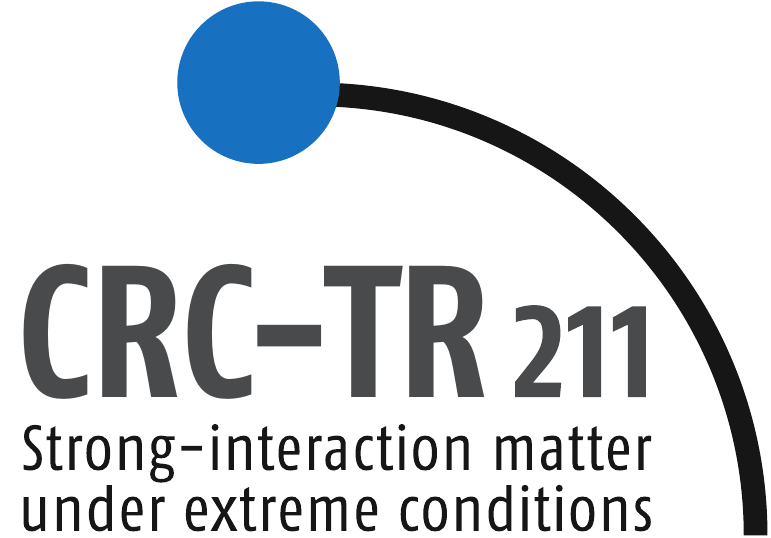 Nuclear Physics Seminar
Nuclear Physics Seminar
 Nuclear Physics Seminar
Nuclear Physics Seminar
Venue: Physics Building, Max-von-Laue-Str. 1, PHYS 02.116
Time: Thursday, June 05, 4:30pm (s.t.)
Contact: hees@itp.uni-frankfurt.de
Neutron stars are the densest astrophysical objects in our universe, reaching densities as high as those realized in ultrarelativistic heavy-ion collisions at the LHC. In these collisions ordinary nuclear matter melts into a new phase of elementary particle matter, quark matter. This naturally raises the question: does quark matter also exist inside neutron stars? The rapid advancement in neutron-star observations in combination with state-of-the-art QCD calculations is providing us with an unprecedented view of the extreme matter deep in the cores of the stars. In my talk, I describe how recent advancements in theory of superdense matter inform us about what lies in the centers of neutron stars and how different constraints point to the existence of quark matter cores in large neutron stars.
The colloquium will be streamed but not recorded.
Zoom link: https://uni-frankfurt.zoom.us/j/2848286010?pwd=VmtCY1RCc1hpVStKd0RibFBpc1IzZz09
Meeting ID: 284 828 6010
Password: 068695